When is the best time to visit Botswana?
08.11.2019 | updated: 12.12.2022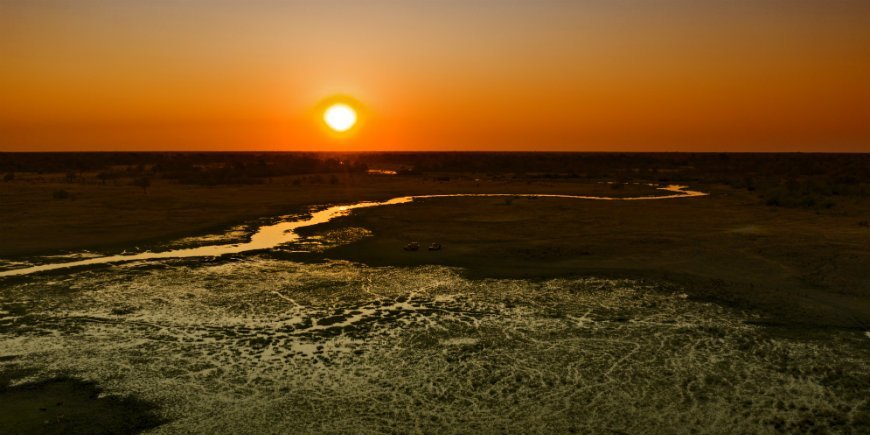
Looking to enjoy unique safari experiences that also happen to be some of Africa’s most exclusive safari experiences? In areas of natural beauty such as the Okavango Delta and Chobe National Park in Botswana, you get just that.
But when is the best time to visit Botswana?
Read more about the climate in Botswana and the experiences that await you in the different seasons below.
Please note: The guide below is a guideline only
The climate in Botswana
Botswana offers phenomenal experiences all year round. But all depending on what you would like to experience, it’s a good idea to plan the time of your visit.
Botswana is a landlocked country in southern Africa, with a semi-arid climate.
Although Botswana is dry most of the year, there are also periods of rain, and the seasons can therefore be divided into a dry season and a rainy season. The rainfall during the rainy season contributes to immense biodiversity in the country, where you will find great variation in the landscapes.
The weather varies very little in the different areas of the country, and the seasons are more or less as described below. However, there may be local variations, such as in Chobe National Park and the Okavango Delta.
When is the rainy season in Botswana?
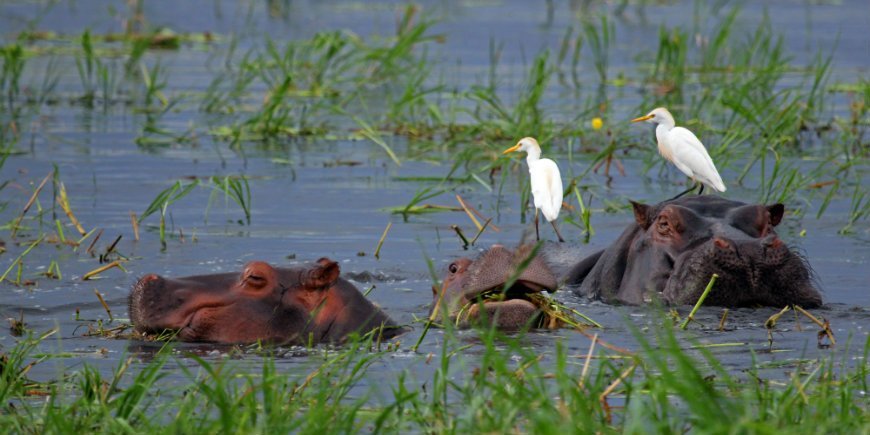
The rainy season in Botswana falls between November and March.
The period is also known as Botswana’s summer and is characterised by a combination of very high temperatures – 40+ degrees on some days – and a risk of thunderstorms and rain, which mainly falls in the afternoon hours, however. There is most rain in January and February, when the showers can extend over longer periods.
The rainy season is perhaps the most photogenic season, offering a lush, green landscape and a dramatic play of colour in the sky.
The animals find it easier to hide during this period, but this is also when a lot of baby animals are born, attracting predators such as lions, leopards and hyenas looking for easy prey.
If you’re a bird lover, you should travel to Botswana during the rainy season. During these months, there is ample opportunity to experience both resident and migratory birds, which also breed during this period.
When is the dry season in Botswana?
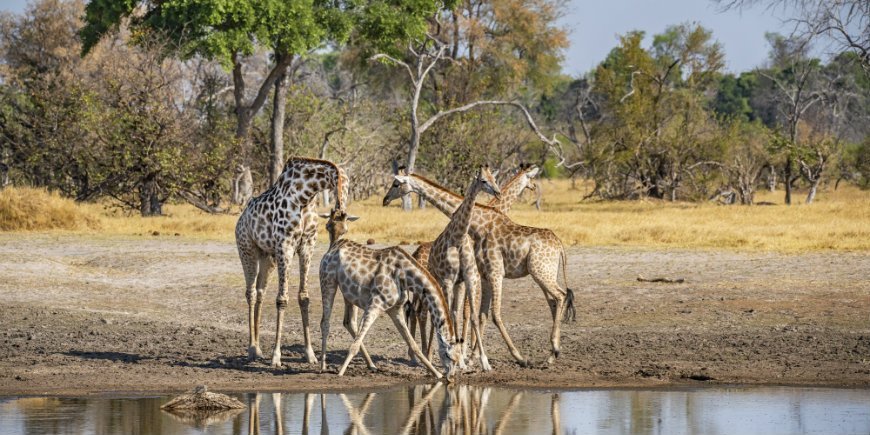
The dry season in Botswana falls between April and October.
The period is also known as Botswana’s winter and is generally characterised by cloudless, blue skies and virtually no rain. At the beginning of the period, the daytime temperatures are still very hot, dropping to a more comfortable level before rising again as the rainy season approaches. It can be chilly in the evening and in the morning, so it’s a good idea to pack warm clothing if you’re going on a morning or night safari.
The colours of the landscape begin to fade, the trees lose their leaves and the animals find it harder to hide in the bush, which is no longer as lush. Water is becoming increasingly scarce, and the many animals gather at water holes and rivers during the dry season, making them easier to spot.
The weather in the Okavango Delta
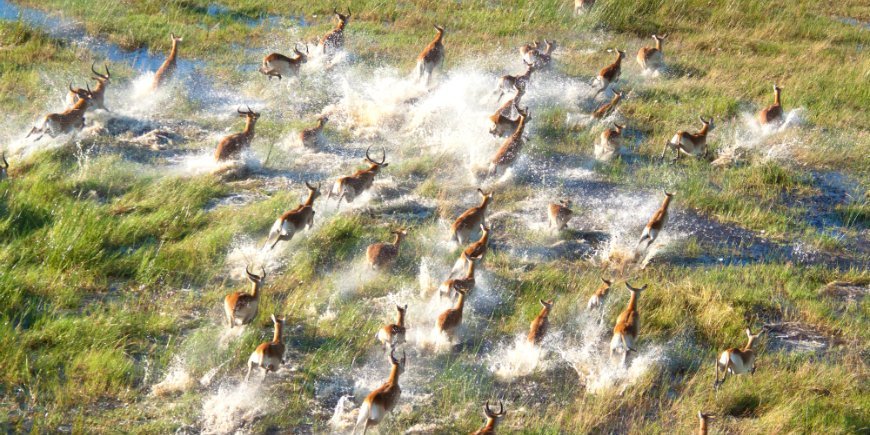
Situated in the middle of the otherwise arid Kalahari Desert is the lush Okavango Delta, which is one of the most beautiful places in Africa. The 14,000 km2 area consists of a complex network of rivers which flood every year.
What can you experience in Okavango’s rainy season?
Oddly enough, the rainy season (November to March) is the time when there is least water in the delta.
The animals stay near water, so they can be found in the heart of the delta, where there is water all year round.
You can generally expect:
- Fewer animals than in the dry season, gathered in the heart of the delta
- Baby animals that attract predators
- Lots of birds, both resident and migratory
- Very hot weather and rain in the afternoon
- Parts of the delta may become inaccessible
What can you experience in Okavango’s dry season?
During the dry season (April to October) the water level in the Okavango Delta is at its highest. The rain, which fell in the Angola highlands 6 months earlier, fills the Okavango River with so much water that the river breaks its banks, flooding the delta with water during the dry season.
The dry season is generally considered to be one of the best times to visit the delta, as the animals flock here, especially from June onwards when the delta is nearing maximum water level. Thousands of Botswana’s 130,000 elephants, for example, migrate here to drink the water at the permanent watering holes.
The increased amount of water in the delta also opens up the possibility of sailing in the shallow waters of the delta in a “mokoro” (traditional canoe).
You can generally expect:
- The water level is at its highest
- Milder, drier weather, as well as fewer mosquitoes
- Good time to sail in a mokoro
- Migrating animals searching for water
- Peak season, which can make the tour more expensive
The weather in Chobe National Park
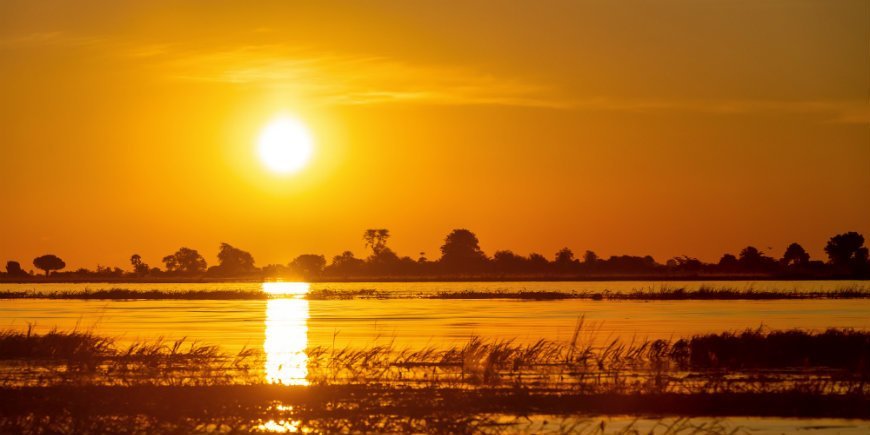
Chobe National Park offers varied nature thanks to the Chobe River and the park’s various ecosystems.
The wildlife is abundant and diverse, and there is ample opportunity to get right up close to the animals on both a traditional safari and a water safari.
What can you experience in Chobe’s rainy season?
The rainy season in Chobe National Park very much follows the seasons of Botswana as a whole. The otherwise arid landscape becomes green and lush, and there are generally fewer visitors than during the dry season. This time of the year is especially good if you want to see birds and baby animals.
You can generally expect:
- Lots of birds
- More spread-out wildlife because there is easier access to water
- Very hot weather and a risk of rain
- Low season = fewer visitors
What can you experience in Chobe’s dry season?
During the dry season, the easy access to water disappears as the watering holes dry out in various places in Botswana, causing the animals to head for the banks of the Chobe River, which becomes a mecca for the large number of thirsty animals.
You can, for example, experience a great many of Botswana’s 130,000 elephants during the dry season – sometimes up to 50,000 elephants gathering at the riverbank to make the most of the river’s water resources. In fact, during this period, the Chobe River has one of the largest concentrations of elephants in the world – if not the largest.
For many people, the dry season is the best time to visit Chobe as there is less rain and the animals are easier to spot. On the other hand, the area also has more visitors, so prices may be higher than usual.
You can generally expect:
- Better weather (less rain) than during the rainy season
- Dry, dusty landscapes
- Beautiful sunsets by the river
- Peak season = more visitors, especially between July and October
In Botswana, you enjoy amazing experiences all year round.
If you’re unsure when to travel, please contact our travel consultants who are on hand to help you.
Please note: The above guide is indicative, and recommendations may change. Always check the weather forecast for the destination before departure.
TourCompass – From tourist to traveller
